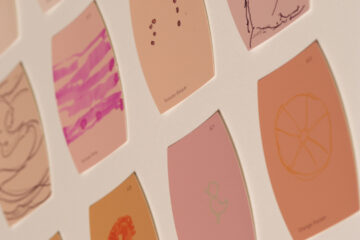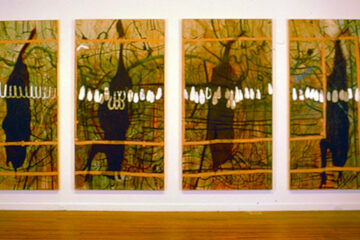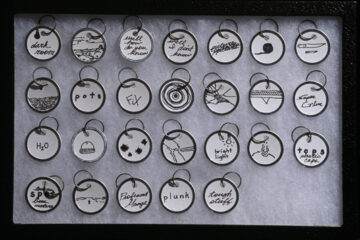

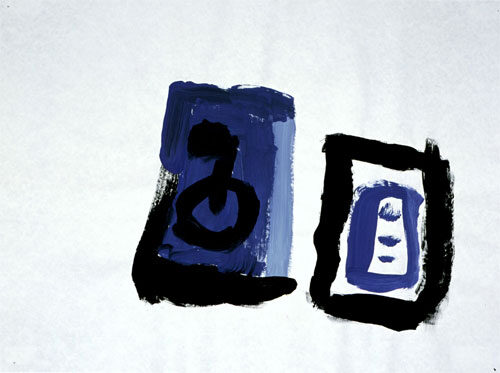
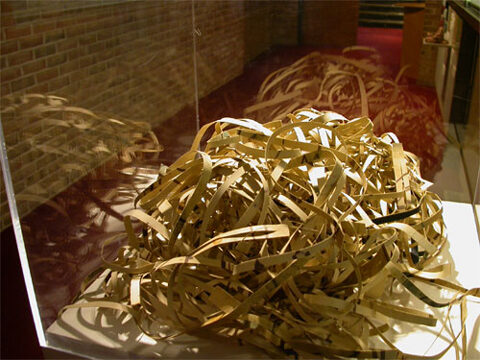
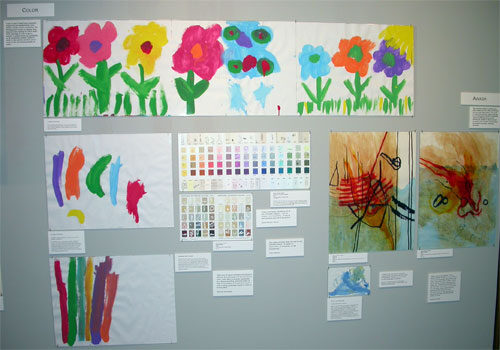

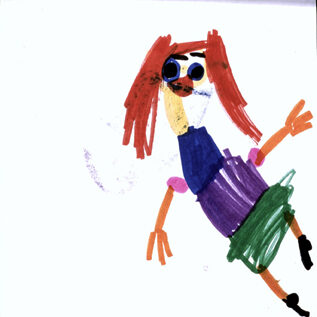
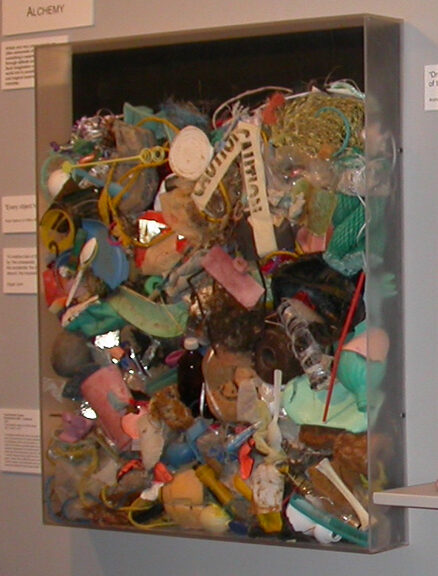
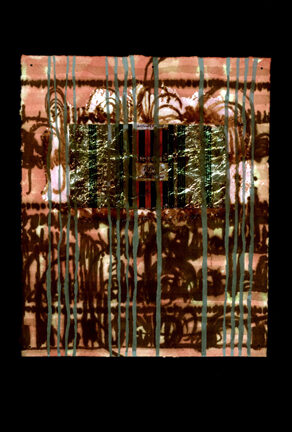

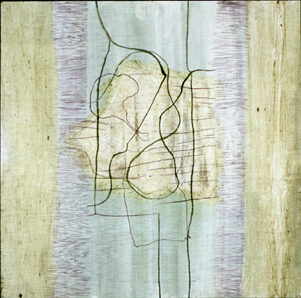




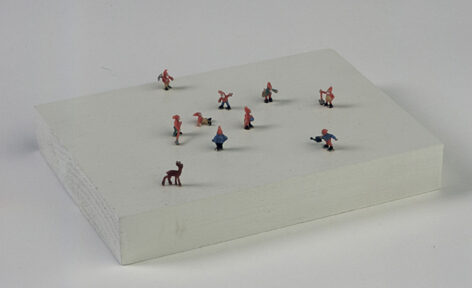

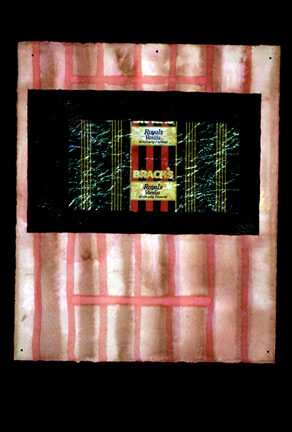
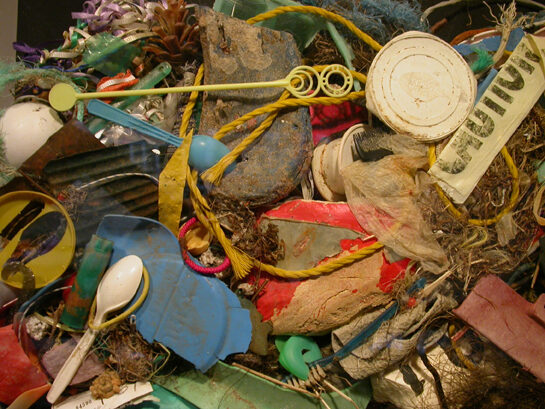

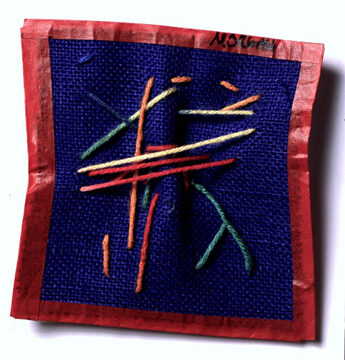
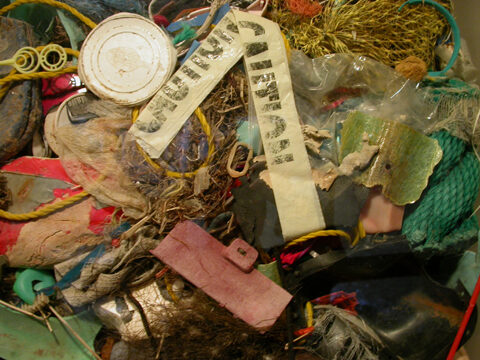

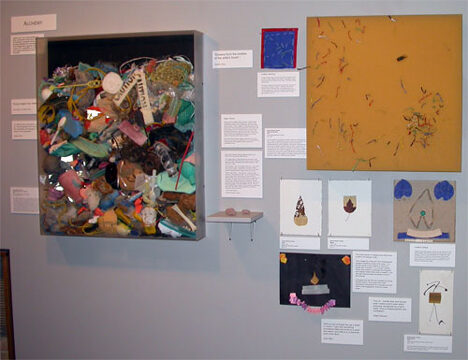

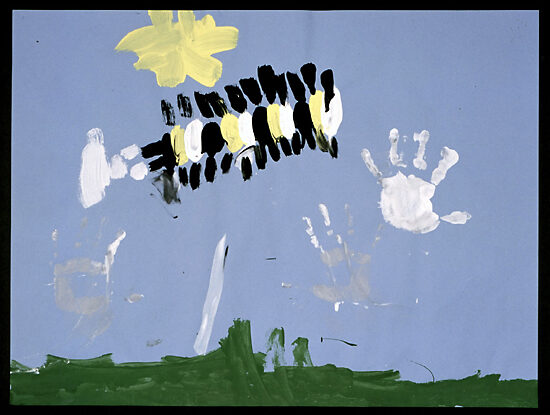
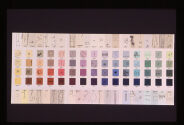
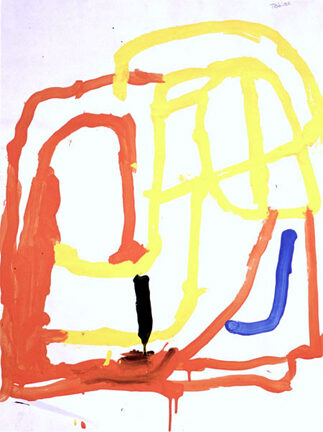
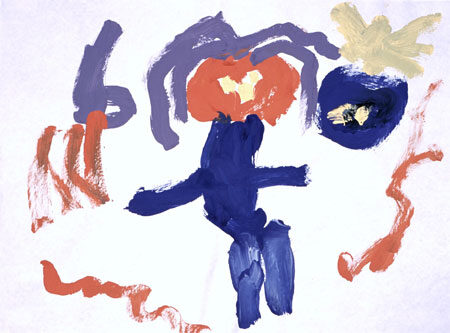

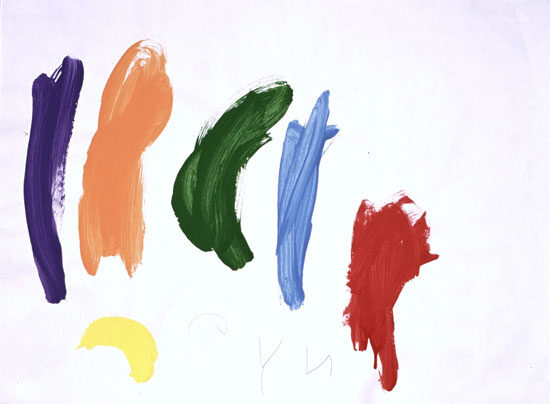
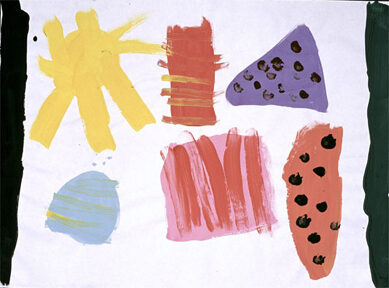
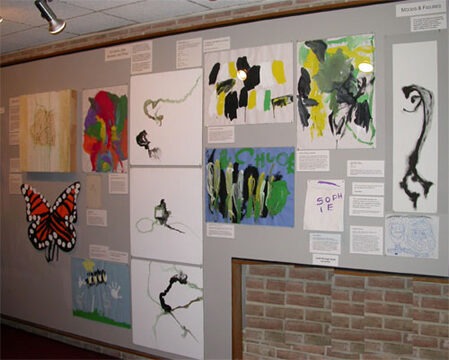
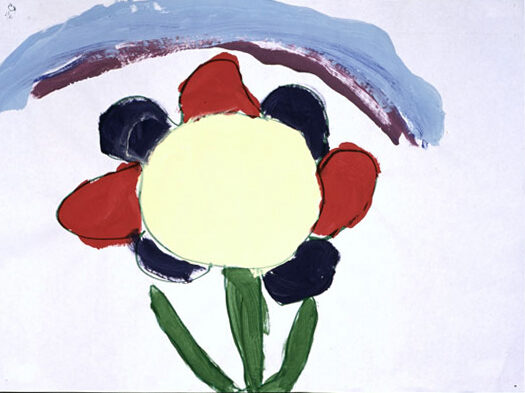



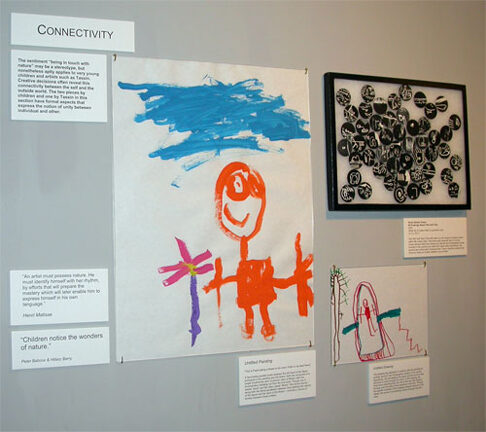

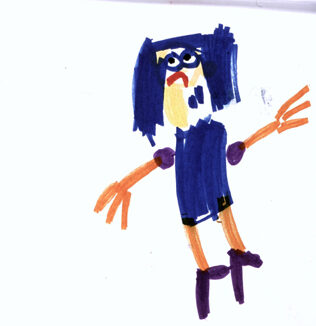
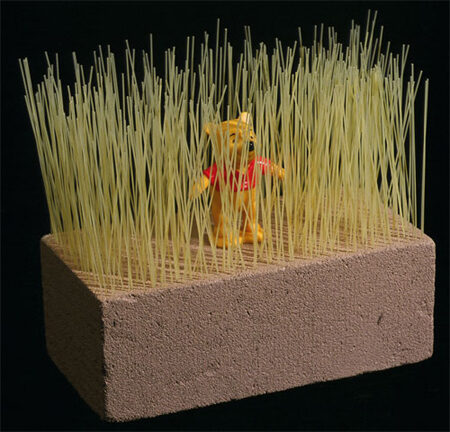
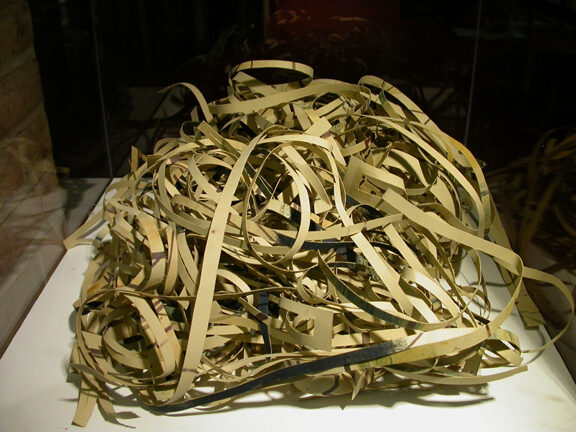

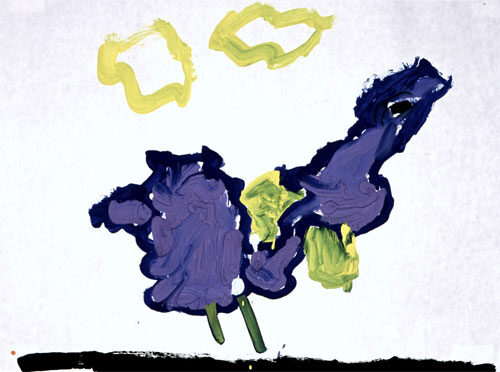
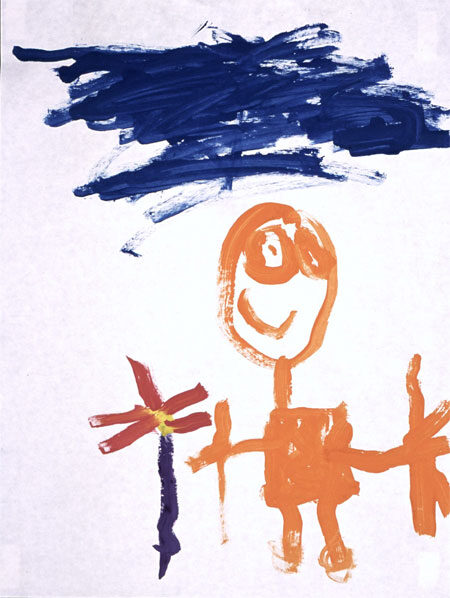
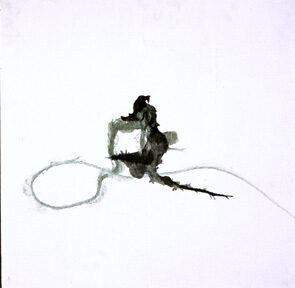
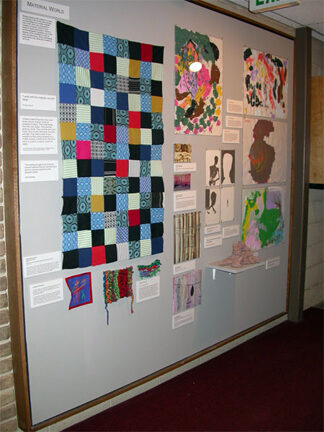


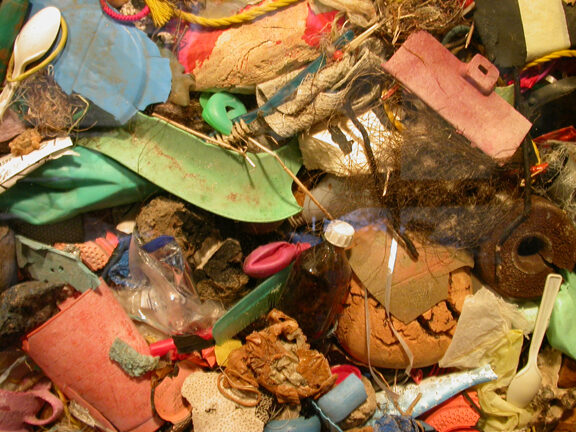
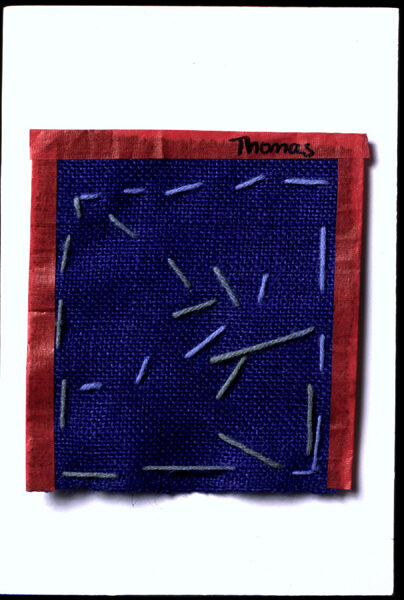
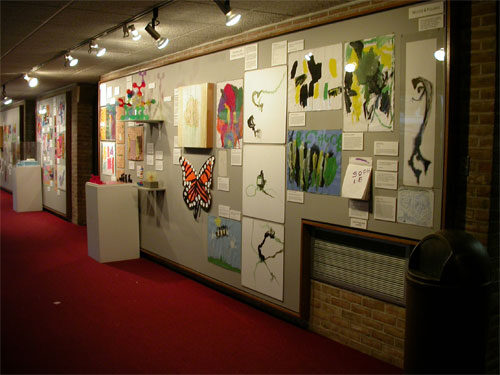


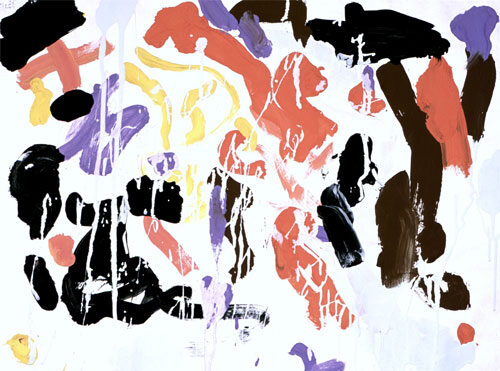

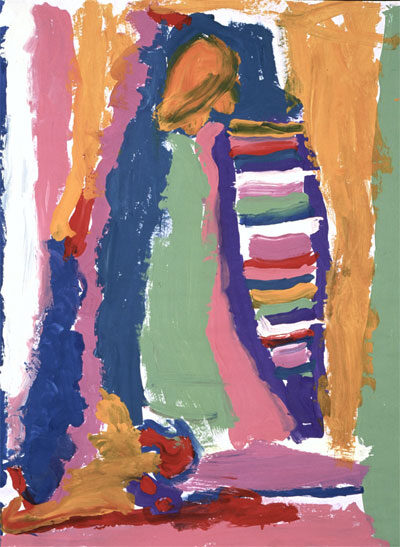
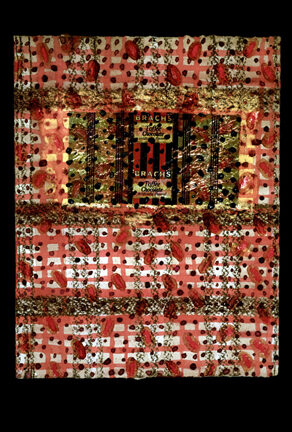
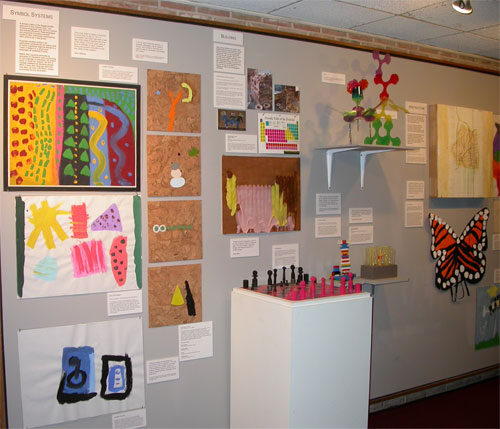

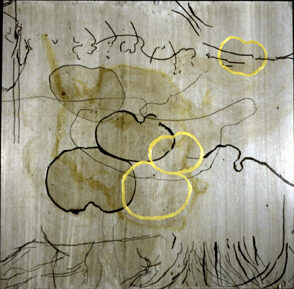
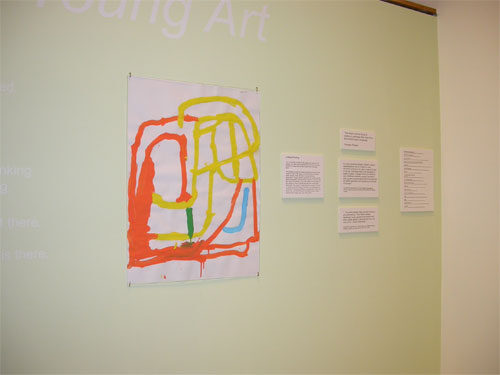
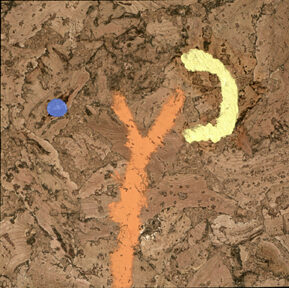
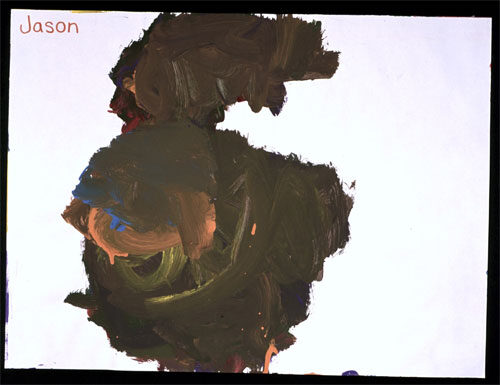



Very Young Art • Curator's Essay
This exhibition combines works by Baltimore artist Sonia Denise Tassin with creations from Park School’s Kindergarten classrooms. In doing so, remarkable parallels are seen.
The expression “a five-year old could do that!” is often lobbed at modern artworks as a negative criticism. This exhibition sets out to demonstrate that such a comment may actually be seen as a great compliment.
Five-year olds experience the world with curiosity and wonder. Each new encounter is seen as a fresh opportunity for discovery and growth. Good artists, despite no longer being children, have such an attitude.
As an artist, Sonia Denise Tassin is at once exemplary and remarkable. Exemplary, because she shows what it is artists have long valued in children: their originality, open-mind, and un-jaded outlook on the everyday, qualities that Tassin brings to all she does in the studio.
Tassin is remarkable in that she also has a total un-self-consciousness akin to the un-self-consciousness of young children. This allows for unfettered play, a play leading to startling, fresh, and enlightening discovery through her art. Rare is the artist with as free-ranging a mind as Tassin’s.
Such openness to experience is not at all unusual among very young children. The enviable richness of such a way of being begs the question: what happens to us as we grow older?
The answer is at once complex and simple. Complex, because to effect change calls for an entire cultural shift. That many of us lose our child-like sensitivity to phenomena means we are ill-equipped as role-models and teachers; we have become deaf to the “hundred languages” of children and thus unintentionally pummel them out of children. (Children are tuned to adult expectation and live to meet it; if a nascent language goes un-affirmed, it disappears.)
We live in a world rife with visual insensitivity. Many people have trouble discerning the differences between works by a developed artist such as Tassin and works by very young children. Though parallels in this exhibition are profound, differences in levels of sophistication ought to be glaring to viewers. That they are not apparent to many who see the show makes the point.
There is, however, a simple solution to the troubling position in which our culture finds itself. It is simply a matter of looking afresh at what we have long dismissed: the wisdom of children. This does not mean denying maturation as we age, but rather, like an artist, seeking the qualities of childhood that will strengthen us as learning beings.
We must look again at the creative works of very young children. See them in their fullness, so that we know we will be passing on a compliment next time we say of an artist’s work something like, “a five-year old could do that!”
Peter Bruun
Exhibitions Educator
